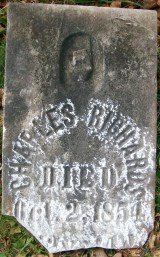
Start Date -Village Constable Port Robinson-unknown
Died - "Shot" effecting arrest in Port RobinsonOct.2, 1854
Constable Charles Richards was born in the East Indies on September 1812.Hetravelled and settled to Upper Canada and lived in the village of Allanburg. After the Rebellion of 1837/38, the nearby village of Port Robinson was the central village in the expansion of the Welland Canal and was as significant a town as St. Catharines and Buffalo for commerce and trade. After the Erie Canal expansion was completed, people and families arrived in droves to seek work on the Welland Canal second cut - including our constable's future wife. In and between the villages of Port Robinson and Allanburg, you would find busy hotels, blacksmiths, groceries, doctors, lumber yards, and several denominations of churches, carriage makers, carpenters, cloth mills, ship builders, druggists, saddlers, shoemakers, tailors, plaster mills and even a pail factory. With the influx of mostly Scottish Irish immigrant workers and two regiments stationed to keep the peace with all the hustle and bustle, it really was the place to be.
One of the challenges in this research was to figure out just how Charles Richards became a constable. What was discovered was in Port Robinson, from 1843 until his death, Charles Richards held various Ale & Beer, Tavern and Inn Licenses. As an Inn Keeper, Charles Richards was designated as village constable by the local Magistrate. Further, in a time when many Inn Keepers were prosecuted for neglecting their constable duties, we would see that Charles Richards performed his duties without hesitation.
Charles and his wife Jane, held a number of properties in Allanburg and Port Robinson, including for a time, a small farm in Allanburg where they lived in a small framed house, identifying themselves with the Church of England. In Port Robinson, around the same time, he also purchased some crown land and held property that was well known to have a variety of fruit trees.
On October 2, 1854 around 4:00pm, about four miles south-west of Port Robinson, a farmer by the name of Jacob Gainer was robbed of $25 by three men, one of whom identified himself as William Townsend. William Townsend, also known as Robert McHenry, was well known as a minstrel show performer, was an excellent mimic of accents and disguises and often travelled from town to town, sometimes as a ship hand travelling the canal and water picking up odd jobs but he was also and foremost known as the principal member of the notorious Townsend Gang or the Cayuga Gang.
After the robbery, Mr. Gainer tried to locate the local magistrate but he was not at home. The news of the robbery travelled very quickly to Port Robinson. Upon learning of the robbery and that William Townsend was eating at the Jordan Hotel, Constable Charles Richards crossed the street from his own hotel and attended the Jordan Hotel to observe Townsend while he ate dinner. When Townsend went to leave, Charles Richards, in the execution of his duties as Constable, approached him, placed his hand on his shoulder and affected the arrest telling him that he was taking him prisoner. Witnesses would recall that Townsend told Richards three times to remove his hand, but Richards, focused on his duties as Constable would not relent. Townsend pulled out a revolver and shot Charles Richards in the head before a room full of witnesses and in the chaos fled the village on foot.
A Dr. McPherson attended the mortally wounded Constable and reported that Richards lived about an hour after his arrival. He was 42 years and 14 days old. The cause of death was a ball entering the brain about ¾ of an inch above the left ear. Charles Richards was buried in St. Paul’s Anglican Church Cemetery in Port Robinson in an area where other men of prominence had and would later be buried leaving behind his wife, Jane.
William Townsend was later found, arrested and tried for the murder of Constable Charles Richards in the spring of 1858. The sensational trial, packing the courtroom for eleven days came back with a “not guilty” verdict as the jury was unable to agree on the identity of the accused. Strangely, at a previous trial for the murder of a Mr. John Nelles, the same accused was acquitted of the crime for the same reason. The outrage and feeling of injustice was so great, a memorial was adopted at the next month’s session of the Welland County Council at Drummondville, demanding that the identity of the accused be verified, lest another murder occur and go unpunished but William Townsend slipped away never to be heard of again.
Charles Richards’ contribution to the safety and history of Port Robinson went unnoticed until 2012, when he was inscribed on the Ontario Police Memorial.

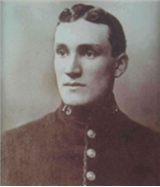
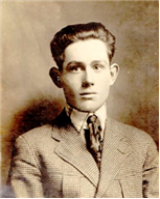
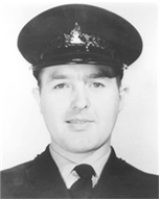
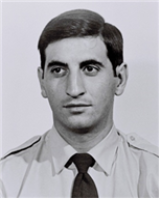

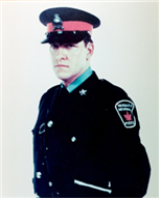


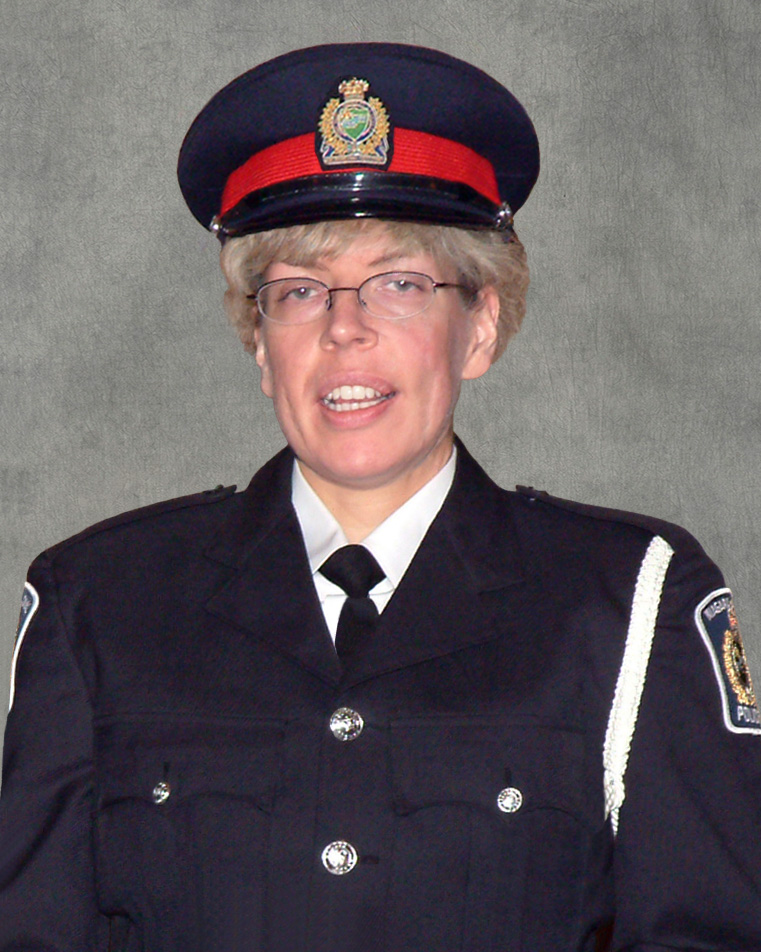 Start Date - Niagara Regional Police Service - Dec. 3, 1984
Start Date - Niagara Regional Police Service - Dec. 3, 1984